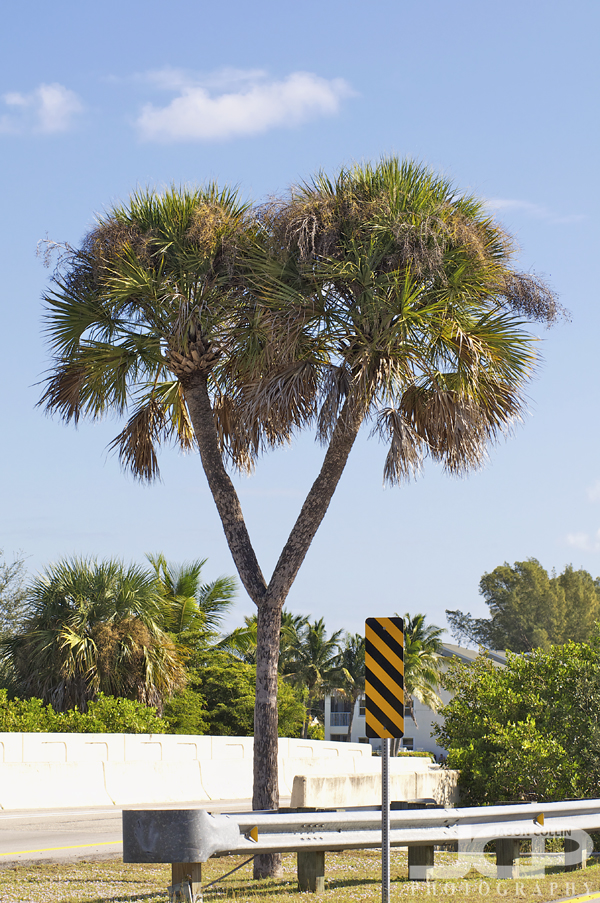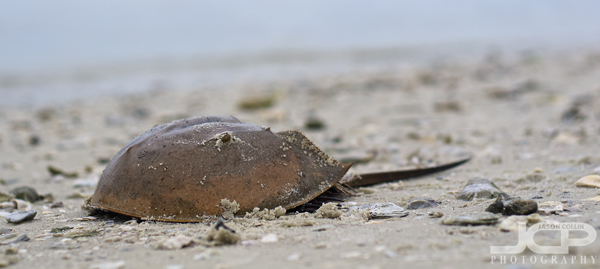 A rare double headed cabbage palm in Cape Coral Florida - Nikon D300 Nikkor 80-200mm @ f/8 ISO 200 1/320thI would say that this double headed cabbage palm is the most famous object in all of Cape Coral, Florida. I cannot even think what the second most would be. The cabbage palm itself, in normal single head form, is the Florida state tree. Personally, I think the cabbage palm is perhaps the least good looking of all palm trees in Florida.
A rare double headed cabbage palm in Cape Coral Florida - Nikon D300 Nikkor 80-200mm @ f/8 ISO 200 1/320thI would say that this double headed cabbage palm is the most famous object in all of Cape Coral, Florida. I cannot even think what the second most would be. The cabbage palm itself, in normal single head form, is the Florida state tree. Personally, I think the cabbage palm is perhaps the least good looking of all palm trees in Florida.
While visiting Cape Coral a few years ago someone tipped me off to the existence of this most unusual tree. I was able to find it, but I cannot recall the reason why I did not photograph it at that time. This time I sought it out prepared to shoot it.
It does not hold any hallowed ground, living its life in a very humble bit of land that serves as the median of a suburban road in a little traveled part of Cape Coral.
If you would like to visit the most famous denizen of Cape Coral, you can find it here:












